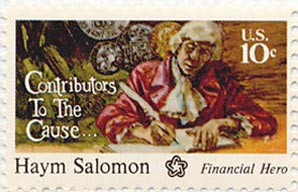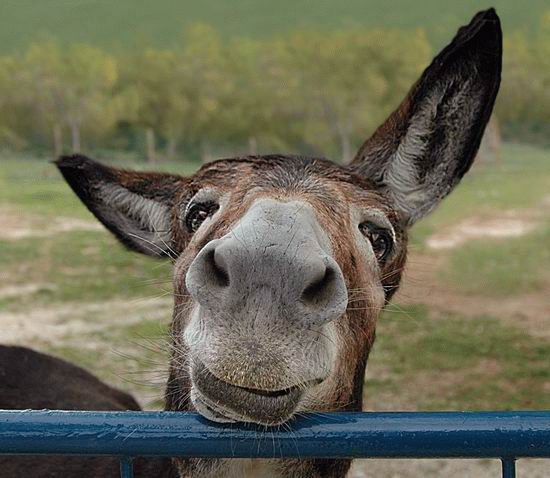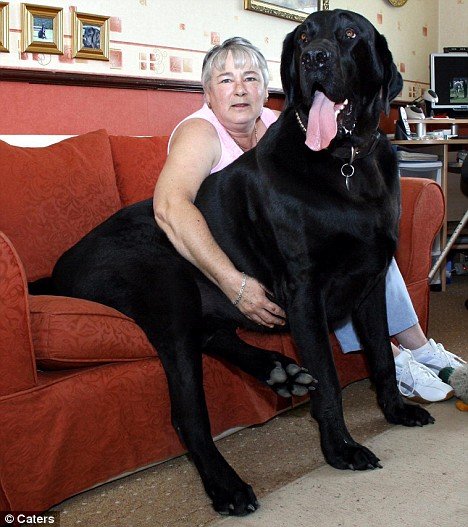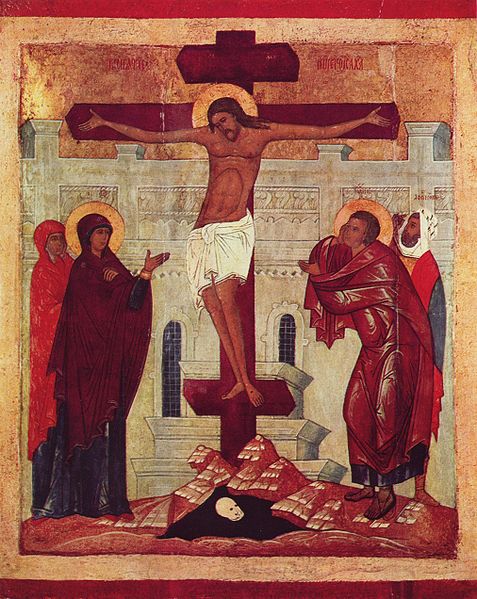
Lilly Friedman doesn't remember the last name of the woman who designed and sewed the wedding gown she wore when she walked down the aisle over 60 years ago. But the grandmother of seven does recall that when she first told her fiancé Ludwig that she had always dreamed of being married in a white gown he realized he had his work cut out for him.
For the tall, lanky 21-year-old who had survived hunger, disease and torture this was a different kind of challenge. How was he ever going to find such a dress in the Bergen Belsen Displaced Person's camp where they felt grateful for the clothes on their backs?
Fate would intervene in the guise of a former German pilot who walked into the food distribution center where Ludwig worked, eager to make a trade for his worthless parachute. In exchange for two pounds of coffee beans and a couple of packs of cigarettes Lilly would have her wedding gown.
For two weeks Miriam the seamstress worked under the curious eyes of her fellow DPs, carefully fashioning the six parachute panels into a simple, long sleeved gown with a rolled collar and a fitted waist that tied in the back with a bow. When the dress was completed she sewed the leftover material into a matching shirt for the groom.
A white wedding gown may have seemed like a frivolous request in the surreal environment of the camps, but for Lilly the dress symbolized the innocent, normal life she and her family had once led before the world descended into madness. Lilly and her siblings were raised in a Torah observant home in the small town of Zarica, Czechoslovakia where her father was a melamed, respected and well liked by the young yeshiva students he taught in nearby Irsheva.












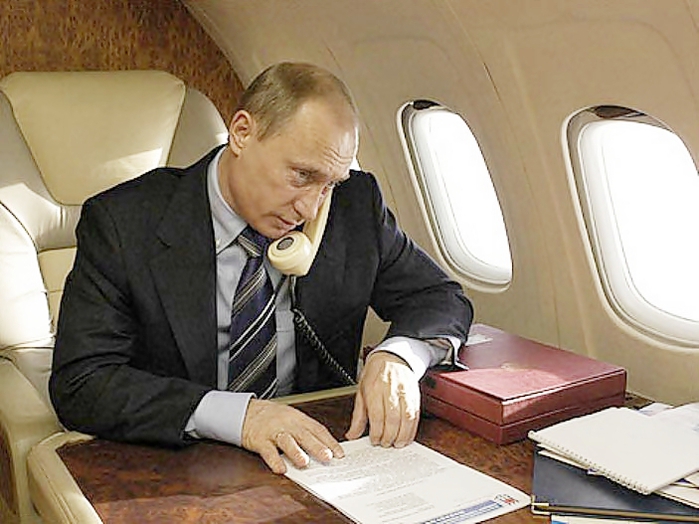
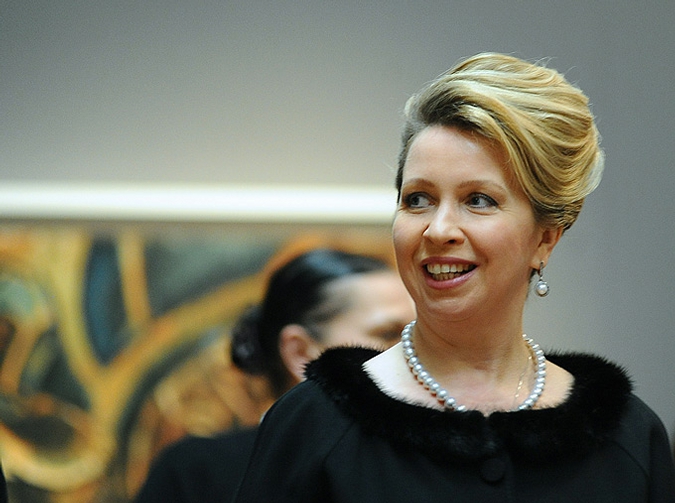

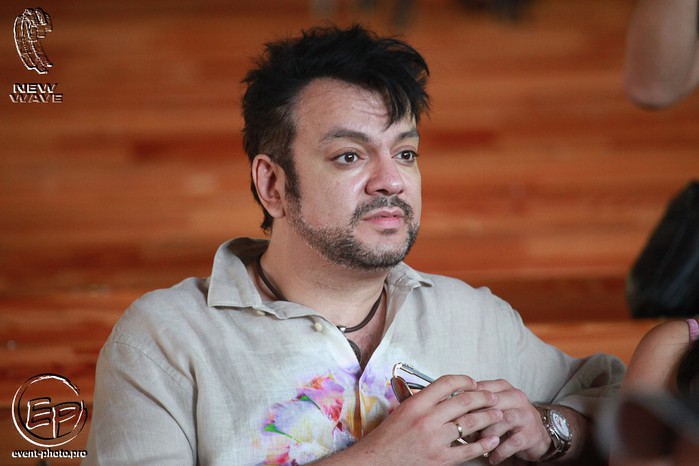




 The combination of honey and cinnamon has been used in both
The combination of honey and cinnamon has been used in both 













 Salomon (sometimes written as Solomon and Solomons in period documents) was a Polish-born Jewish immigrant to America who played an important role in financing the Revolution. When the war began, Salomon was operating as a financial broker in New York City. He seems to have been drawn early to the Patriot side and was arrested by the British as a spy in 1776. He was pardoned and used by the British as an interpreter with their German troops. Salomon, however, continued to help prisoners of the British escape and encouraged German soldiers to desert. Arrested again in 1778, he was sentenced to death, but managed to escape to the rebel capital of Philadelphia, where he resumed his career as a broker and dealer in securities. He soon became broker to the French consul and paymaster to French troops in America.
Salomon (sometimes written as Solomon and Solomons in period documents) was a Polish-born Jewish immigrant to America who played an important role in financing the Revolution. When the war began, Salomon was operating as a financial broker in New York City. He seems to have been drawn early to the Patriot side and was arrested by the British as a spy in 1776. He was pardoned and used by the British as an interpreter with their German troops. Salomon, however, continued to help prisoners of the British escape and encouraged German soldiers to desert. Arrested again in 1778, he was sentenced to death, but managed to escape to the rebel capital of Philadelphia, where he resumed his career as a broker and dealer in securities. He soon became broker to the French consul and paymaster to French troops in America.
